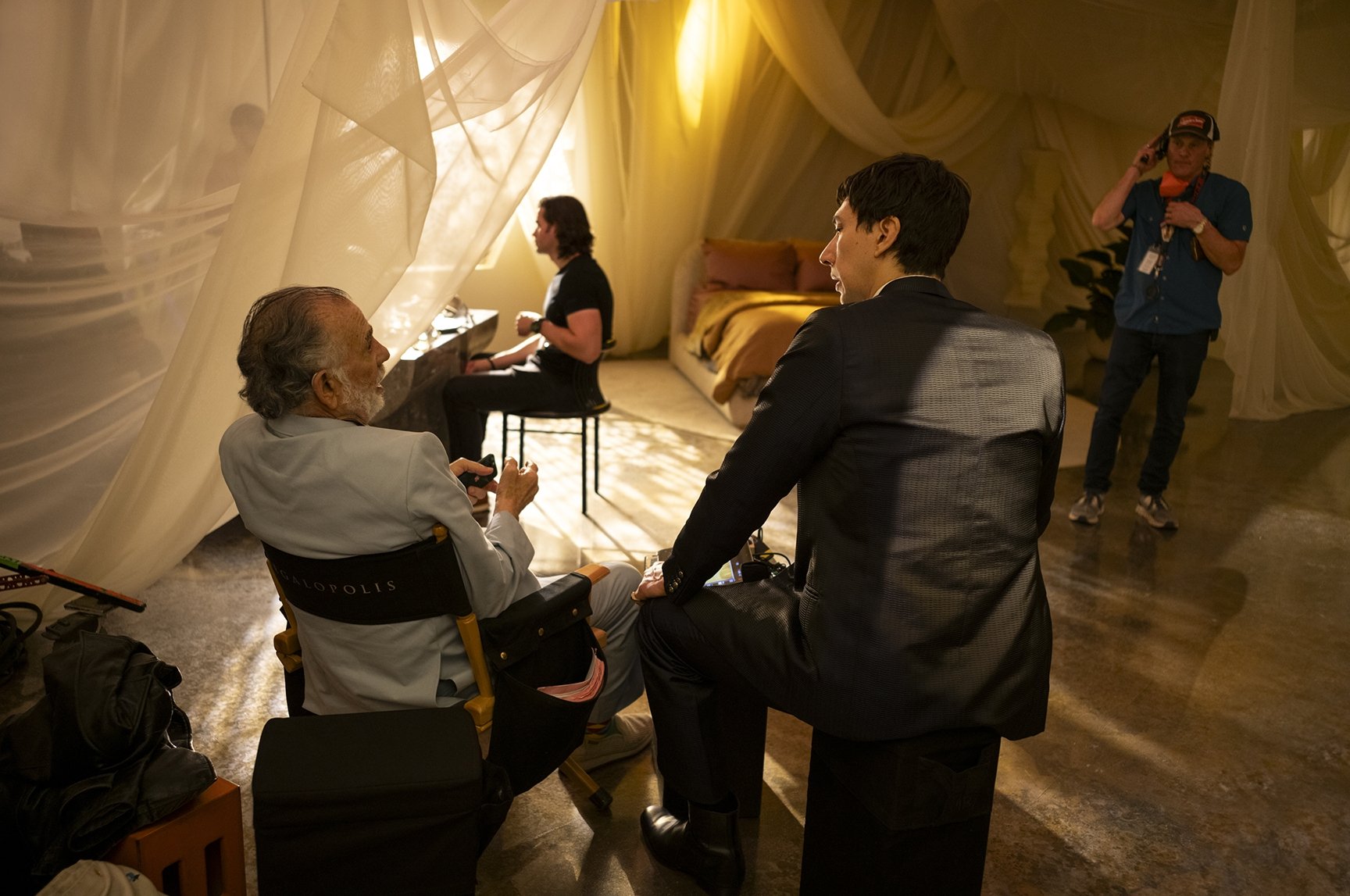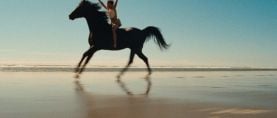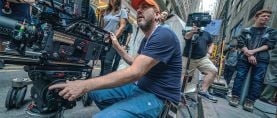
Francis Ford Coppola on Megalopolis
“Our young people are the future, and they should have their voices heard. And we should do a better job of listening to them.”
Unit photography by Phil Caruso, courtesy of Lionsgate.
Of the 23 features Francis Ford Coppola has directed over the last 65 years, few resemble each other, or even give the impression of having sprung from the same mind. This is because Coppola’s work is not only defined by his own tastes and technique, but those of his many collaborators. What would The Conversation be without Bill Butler, ASC? Apocalypse Now without Vittorio Storaro, ASC, AIC? Any of the Godfather films without Gordon Willis, ASC? Bram Stoker’s Dracula without Michael Ballhaus, ASC, BVK? Or his latest, Megalopolis, without Mihai Mălaimare Jr., ASC?
“A film director is basically the ringleader for a lot of artists: the actors, the production designer, the composer, but the cinematographer is one of my principal collaborators,” Coppola tells American Cinematographer.
“You should see the film more than once. It changes when you see it a second time.”
— Francis Ford Coppola
Megalopolis depicts the story of two powerful men — an architect, Cesar (Adam Driver), and a mayor, Cicero (Giancarlo Esposito) — wrestling for control of a towering, ultramodern city whose immediate needs are not being met, making its future uncertain. In Coppola’s filmography, it belongs to a cycle of experimental films from his post-“professional” career, all shot by Mălaimare, which also includes Youth Without Youth (2007), Tetro (2009) and Twixt (2011).
With Megalopolis, Mălaimare becomes Coppola’s most frequent collaborator behind the camera.
Here, Coppola discusses his collaborative process and appreciation for the artists who have helped author his works.

American Cinematographer: What do you look for in your collaborations with a cinematographer? What did you see in Mihai?
Francis Ford Coppola: You know, I’d worked with wonderful cinematographers in the past — Gordon Willis, Vittorio Storaro [ASC, AIC], Stephen Burum [ASC], to name a few — but there came a point in my life when I decided that I wasn’t going to be a professional film director anymore, and I was just going to experiment and relearn everything I could about cinema. When I did the casting for Youth Without Youth
in Romania, I worked with a different Romanian cinematographer each time. I did it probably eight times, and one of my favorites was a student who was still in film school. That was Mihai. I thought he was just a natural-born filmmaker, so I chose him to shoot the film.
What are Mihai’s unique qualities as a cinematographer?
I wanted to shoot the first film I made like Ozu would, where the camera would never move, like if you were shooting a man sitting in a chair and he stood up, the camera wouldn’t even tilt up, he would go out of frame. Then there’d be a second shot where he stands up into frame. Most of the cinematographers I talked to said “That's a little crazy to literally have no moves at all,” but Mihai just did it, and it was a wonderful collaboration. We did three films that way — Youth Without Youth, Tetro and Twixt. The simple statement is that he always gets beautiful images.
What can you learn from working with a younger generation of filmmakers?
Did you see Megalopolis?
Yes, I did.
There’s your answer. Cesar surrounds himself with apprentices, just as I did while making the film. Our young people are the future, and they should have their voices heard. And we should do a better job of listening to them, because they're the ones who are going to inherit all our problems.
I noticed that in the scenes where Cesar’s apprentices are working on his new city design, the work feels more like a form of play.
That’s accurate! All of the great ideas of mankind — the wheel, the steam engine, movable type — all came from play, because that is when we are the most creative.
Let’s touch upon your collaborations with some of the great cinematographers you’ve worked with. To name a few more: Stephen Goldblatt, ASC, BSC (The Cotton Club), Jordan Cronenweth, ASC (Peggy Sue Got Married) and John Toll, ASC (Jack, The Rainmaker).
All of the cinematographers you mentioned, every one, without exception, was a joy to work with, even though some, like Stephen Goldblatt, I worked with on only one film. William Butler was so extraordinary. And of course, Gordie Willis was a cantankerous son of a gun, but he was a genius. Vittorio Storaro is a prince.
I have a copy of the Apocalypse Now screenplay with an inscription from Vittorio that reads, “It’s not just a movie, it’s myself!” Is that how you see your films, as extensions of yourself?
Well, Apocalypse Now was, for me, a movie I didn't know how to make. And there’s something wonderful about making a film you don't know how to make, because when you're in that situation, the film tells you how to make itself. Without Storaro, I don't know what we would have done, because no matter what the problem was, he would just keep going and create something out of it. He was an author of that film, as much as I was.
Was that also the case for Megalopolis?
Totally. Mihai and the actors and I would experiment and do a lot of crazy things during early takes. Then we’d watch what we shot, pick out the stranger moments, and do more of those. Less of what I'll call “normal” stuff. In that way, Megalopolis really made itself. By the way, you should see the film more than once. It changes when you see it a second time.
AC will soon publish an in-depth look at Mălaimare’s cinematography as well as the extensive visual effects work in this ambitious film.






